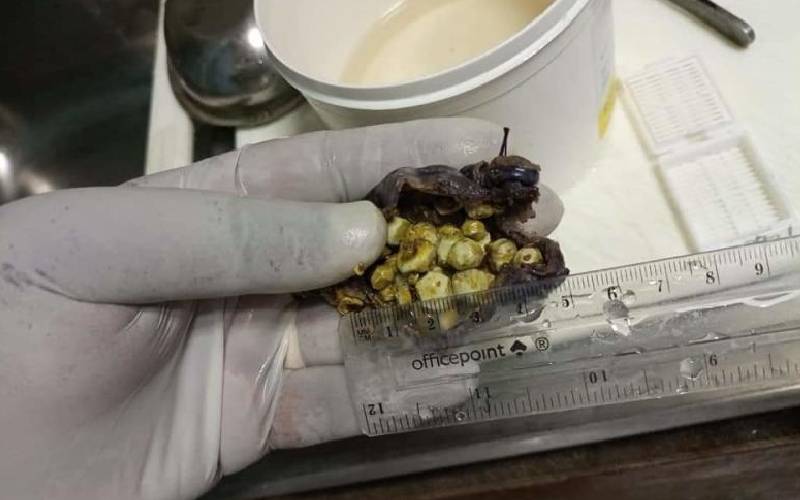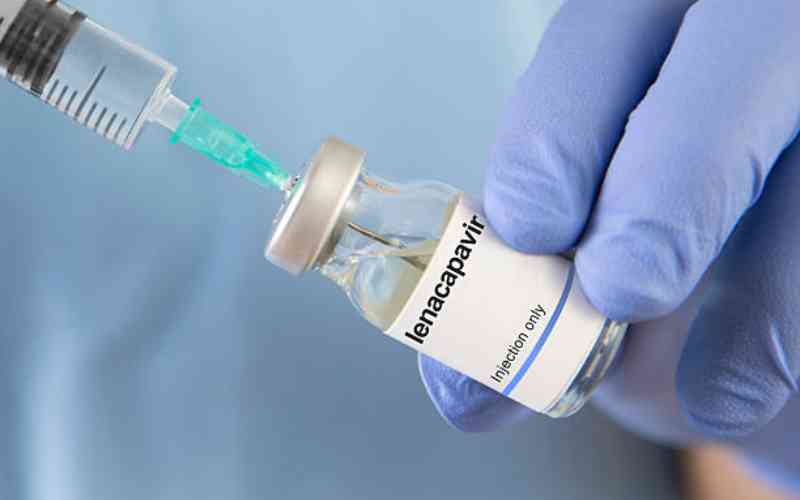
When the bile is too concentrated, it may form gallstones if it contains excess cholesterol, bilirubin or less bile salts. [Courtesy]
Richard Kavita started feeling excruciating pain in his abdomen but could not dress himself to go to hospital. That was in 2019. “I had zero symptoms, it just came abruptly in the middle of the night. At first I thought it was normal abdominal pain but it persisted for like an hour and I had to be taken to the hospital,” recalls Kavita, who lives in Machakos County.
A CT scan revealed that he had gallstones. He was admitted immediately awaiting a surgical procedure which did not happen because gallstones - hard stone-like structures that form in the gallbladder - can be dissolved medically.
Facts First
This story continues on The Standard INSiDER. Subscribe now for unfiltered journalism that holds power to account.
Already have an account? Login
 The Standard Group Plc is a multi-media organization with investments in media
platforms spanning newspaper print
operations, television, radio broadcasting, digital and online services. The
Standard Group is recognized as a
leading multi-media house in Kenya with a key influence in matters of national
and international interest.
The Standard Group Plc is a multi-media organization with investments in media
platforms spanning newspaper print
operations, television, radio broadcasting, digital and online services. The
Standard Group is recognized as a
leading multi-media house in Kenya with a key influence in matters of national
and international interest.











